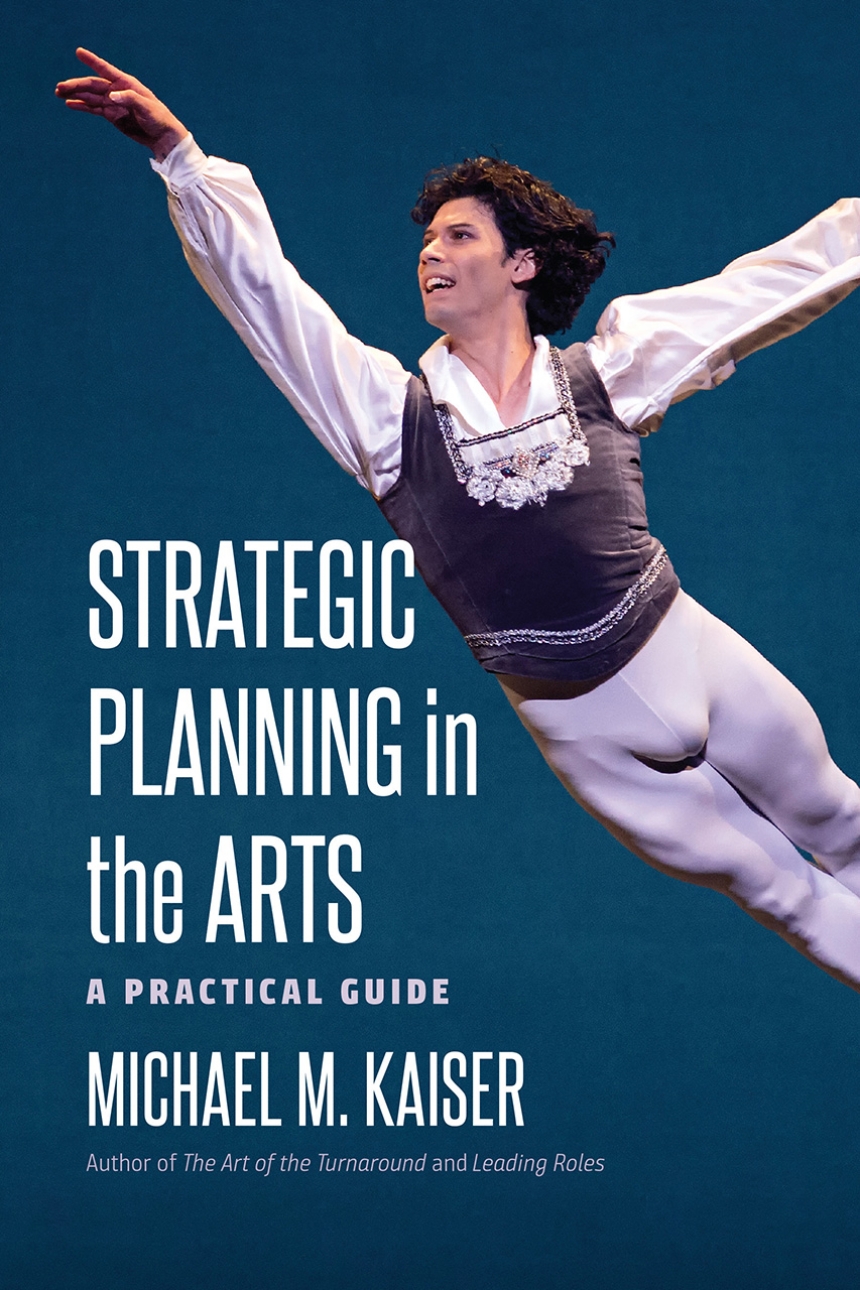9781512601749
9781512603217
Planning today is more important than ever. Both acquisition and allocation of resources are increasingly difficult for arts organizations as a result of emerging technologies, reduced arts education, aging donors, and the advent of new forms of entertainment. It is essential for arts organizations to take a coherent approach to these issues to remain vibrant over time. In fact, most arts organizations do periodically attempt some kind of planning exercise. But a review of hundreds of such plans suggests that most contain merely a wish list, rather than concrete plans for the future: “We will increase ticket sales!” is a common “strategy” expressed in too many arts plans. In the absence of details about how ticket sales will be increased, it’s an empty promise. In Strategic Planning in the Arts, Michael M. Kaiser, the former head of the Kennedy Center in Washington, DC, and an arts management guru, has produced a clear, concise guide for staff or board members of not-for-profit arts organizations who are responsible for developing, evaluating, or implementing plans. Relying on real-world cases and examples, Kaiser shows how to conceive, assess, and act on every part of the strategic plan, from the mission statement to the financial statement; from managing the board to marketing. Praise for Michael Kaiser: “A rich yet tidy cornucopia of solutions for the challenges facing the American arts scene.”—Washington Post
Reviews
Table of Contents
Author’s Note • Introduction • PART 1. SETTING UP • A Framework for Strategy Development: Building on the Mission • Writing a Mission Statement • PART 2. ANALYZING • Understanding the Environment: External Analysis • Internal Analysis: The Management Audit • PART 3. STRATEGIZING • Artistic Planning • Educational Programming • Programmatic Marketing • Institutional Marketing • Development Planning • Boards • Organizational Structure/Staffing • Technology • Implementation Planning: The Rubber Meets the Road • Financial Planning and Management • PART 4. PLANNING FOR PLANNING • A Plan for Planning: The Planning Process • The Planning Environment • Acknowledgments

